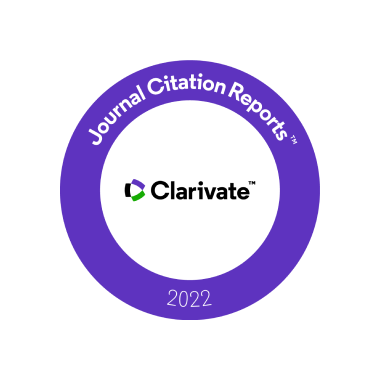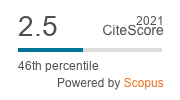COBOL Systems Migration to SOA: Assessing Antipatterns and Complexity
DOI:
https://doi.org/10.5755/j01.itc.48.1.21566Keywords:
Legacy System Migration, Service-Oriented Architecture, Web Services, Direct Migration, Indirect Migration, WSDL Antipatterns, WSDL ComplexityAbstract
SOA and Web Services allow users to easily expose business functions to build larger distributed systems. However, legacy systems –mostly in COBOL– are left aside unless applying a migration approach. Main approaches are: direct and indirect migration. The former implies to wrap COBOL programs with a thin layer of a Web Service oriented language/platform. The latter needs reengineering COBOL functions to a modern language/platform. In a previous work, we presented an intermediate approach based on direct migration where developed Web Services are later refactored to improve their interfaces quality. Refactorings mainly capture good practices inherent to indirect migration. For this, antipatterns for WSDL documents (common bad practices) are detected to prevent issues related to WSDLs understanding and discoverability. In this paper, we assess antipatterns of Web Services’ WSDL documents generated upon the three migration approaches. In addition, generated Web Services’ interfaces are measured in complexity to attend both comprehension and interoperability. We apply a metric suite (by Baski & Misra) to measure complexity on services interfaces – i.e., WSDL documents. Migrations of two real COBOL systems upon the three approaches were assessed on antipatterns evidences and the complexity level of the generated WSDL documents.
Downloads
Published
Issue
Section
License
Copyright terms are indicated in the Republic of Lithuania Law on Copyright and Related Rights, Articles 4-37.





